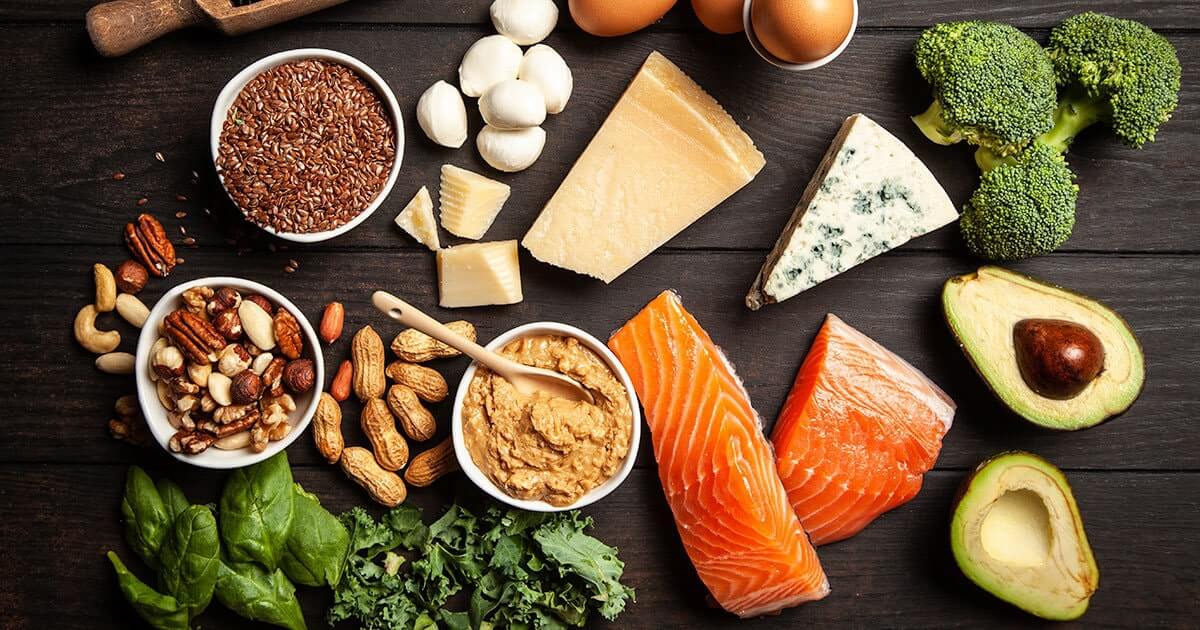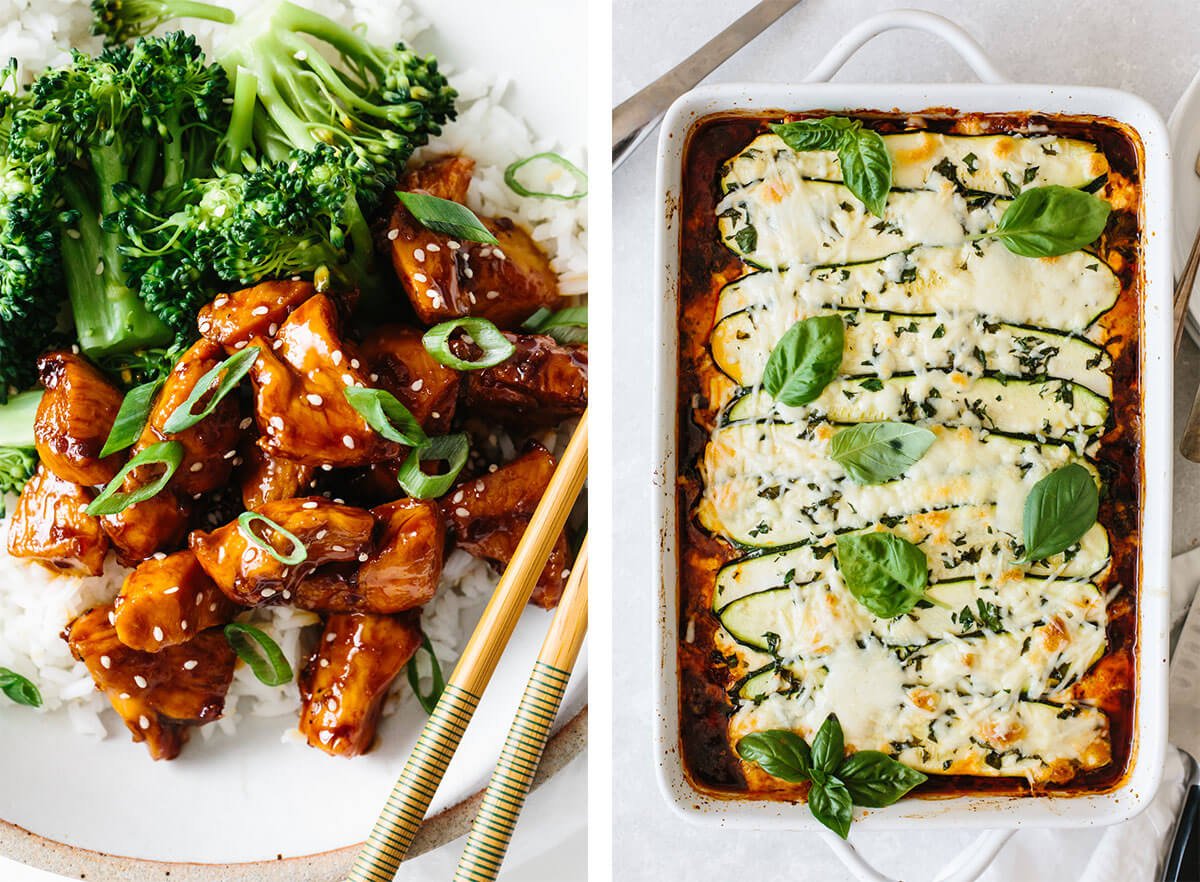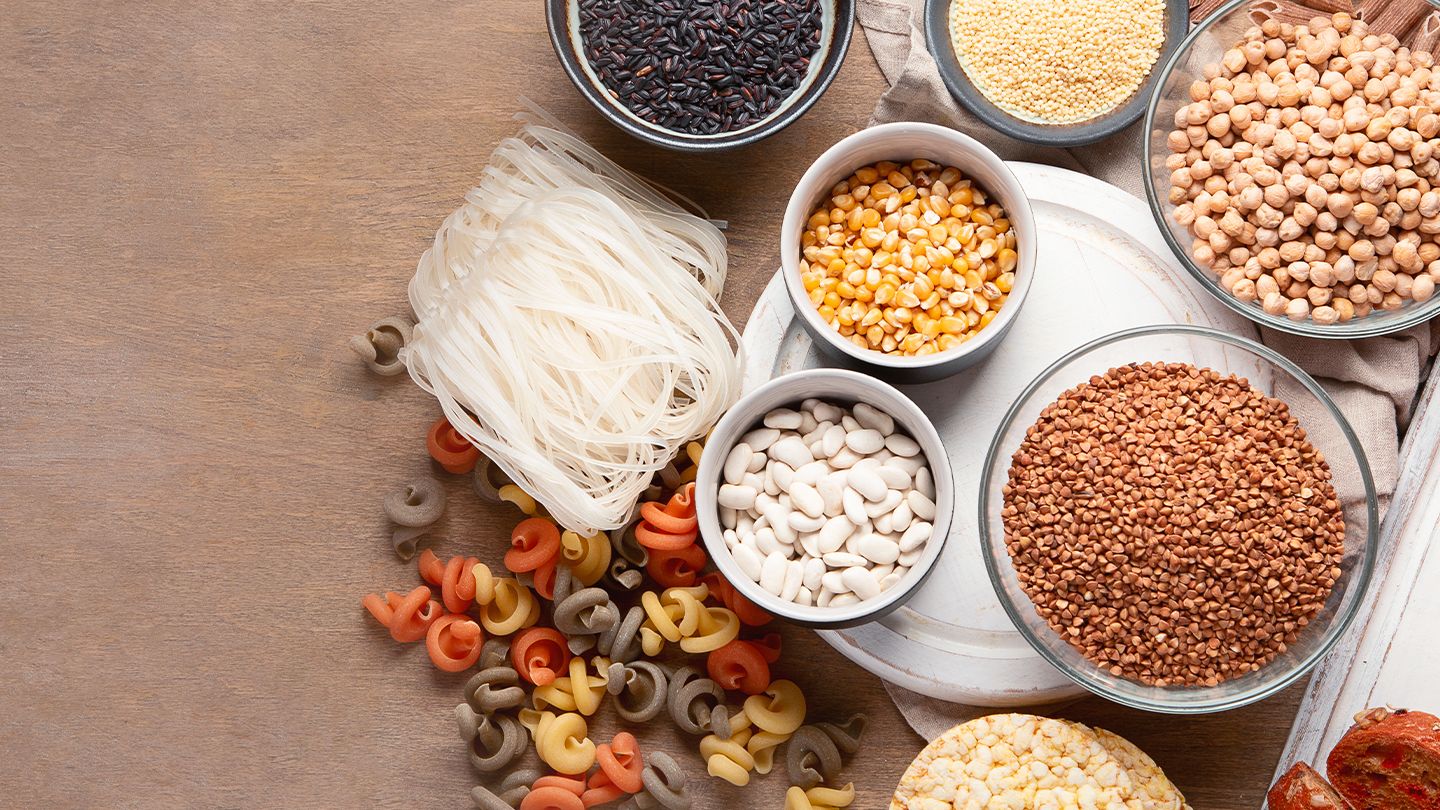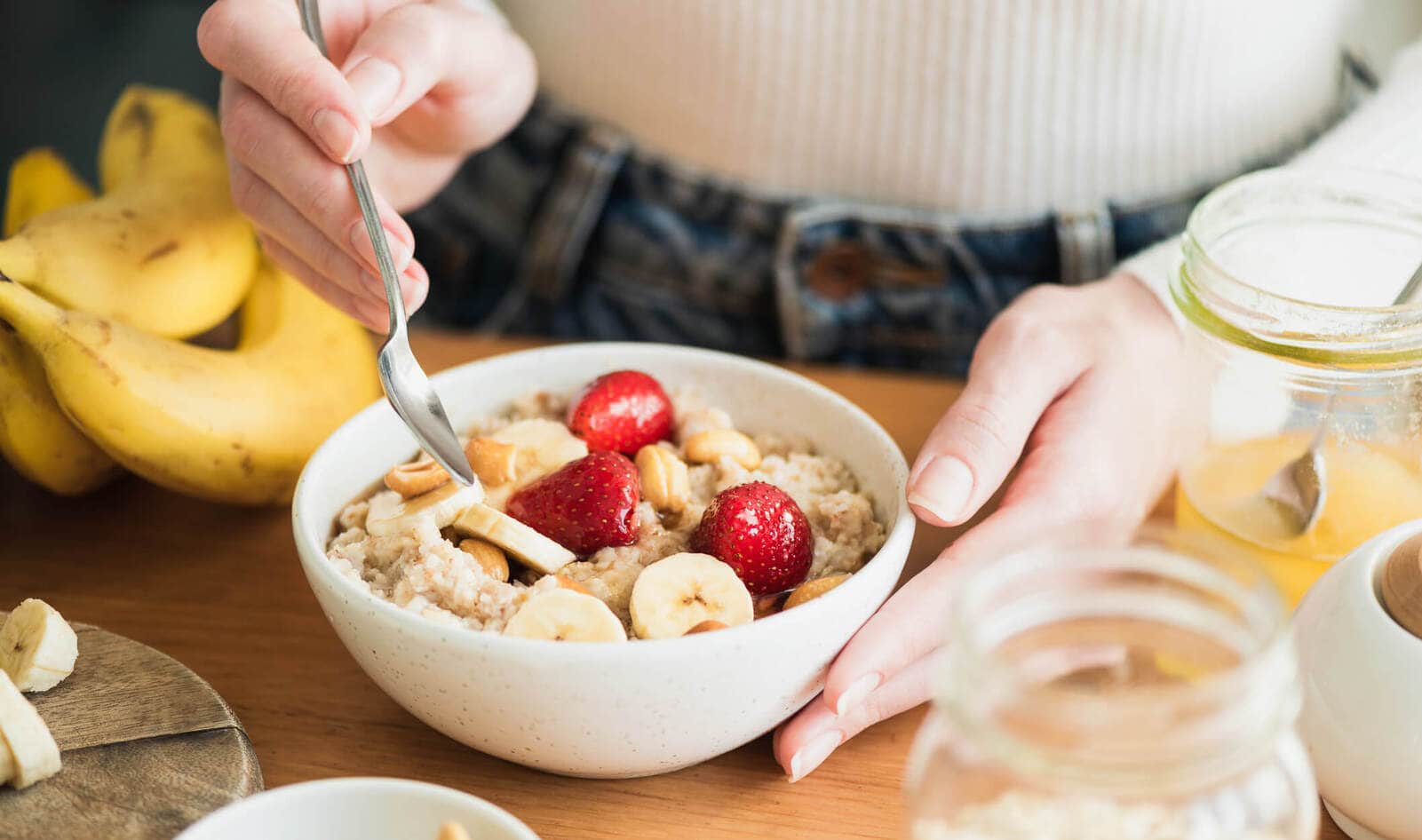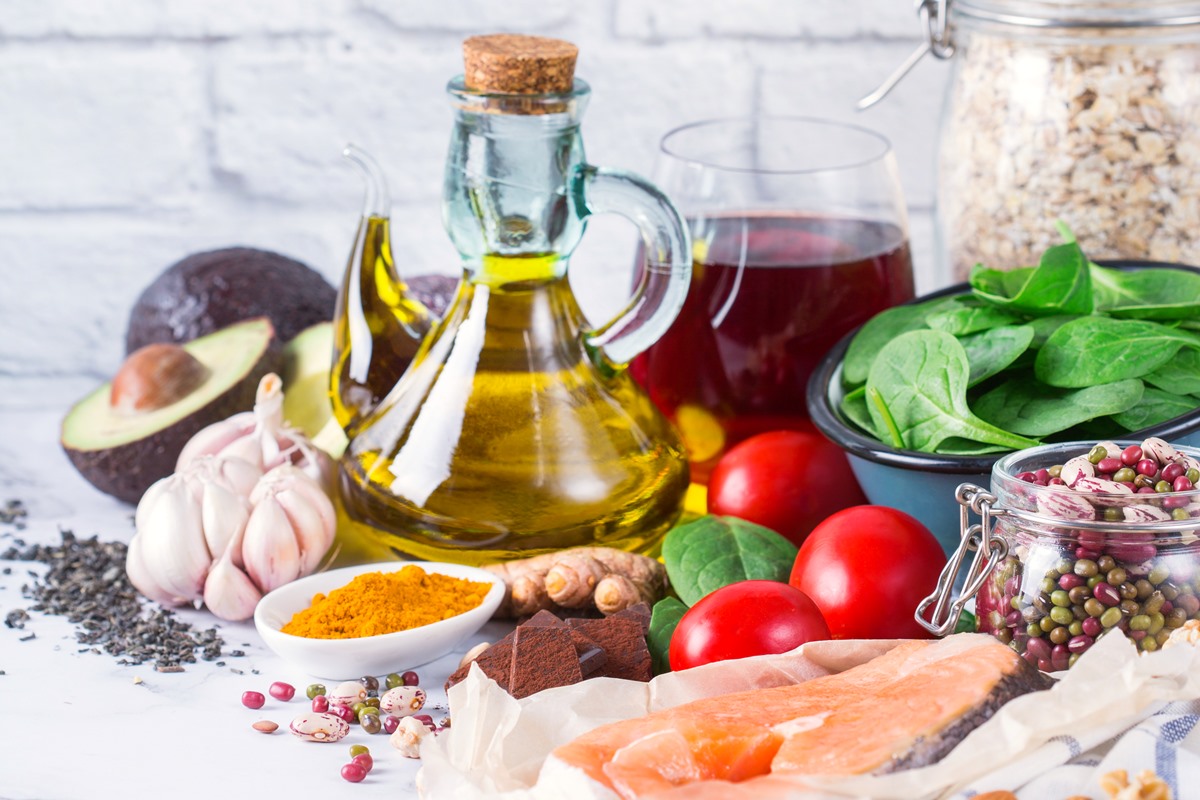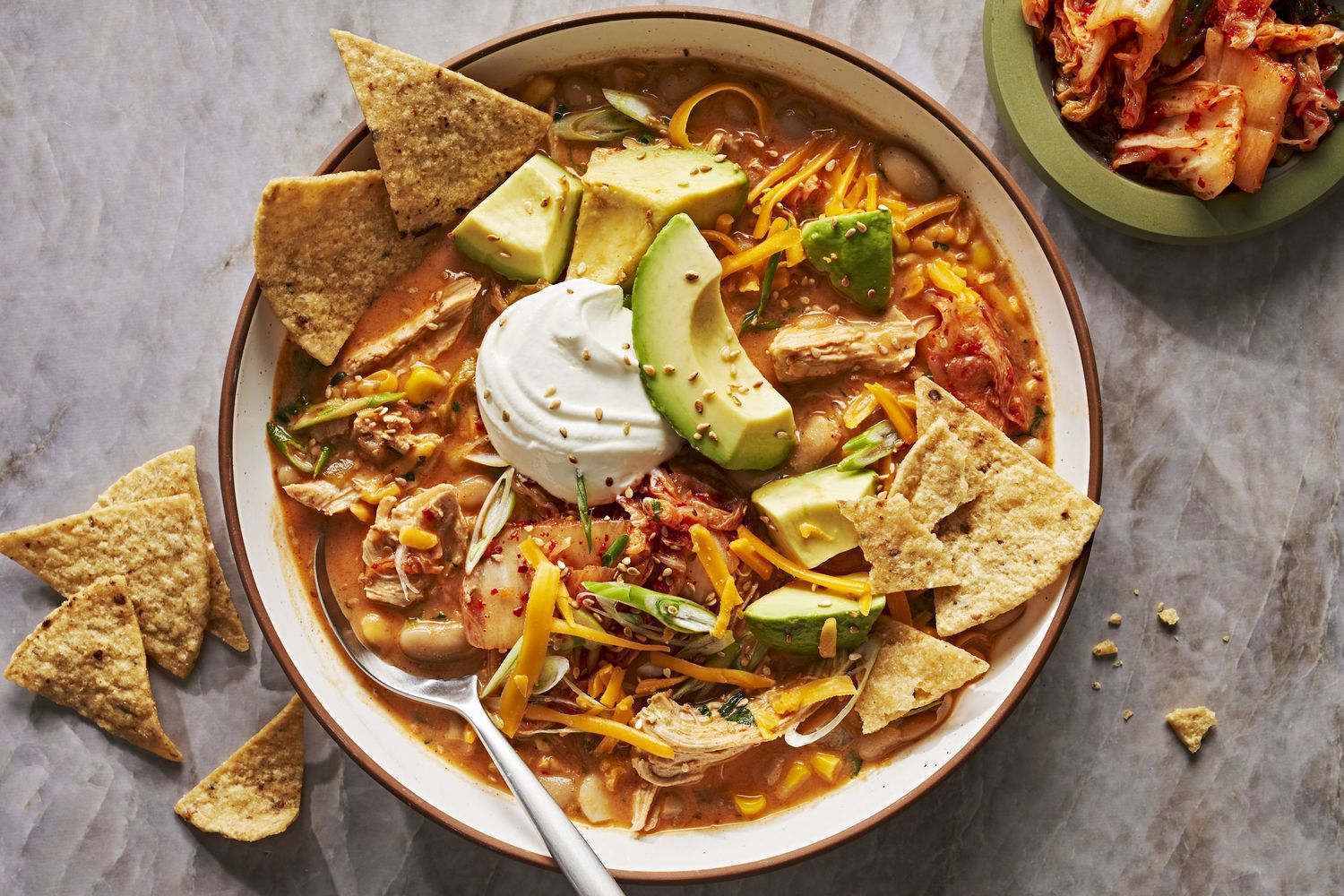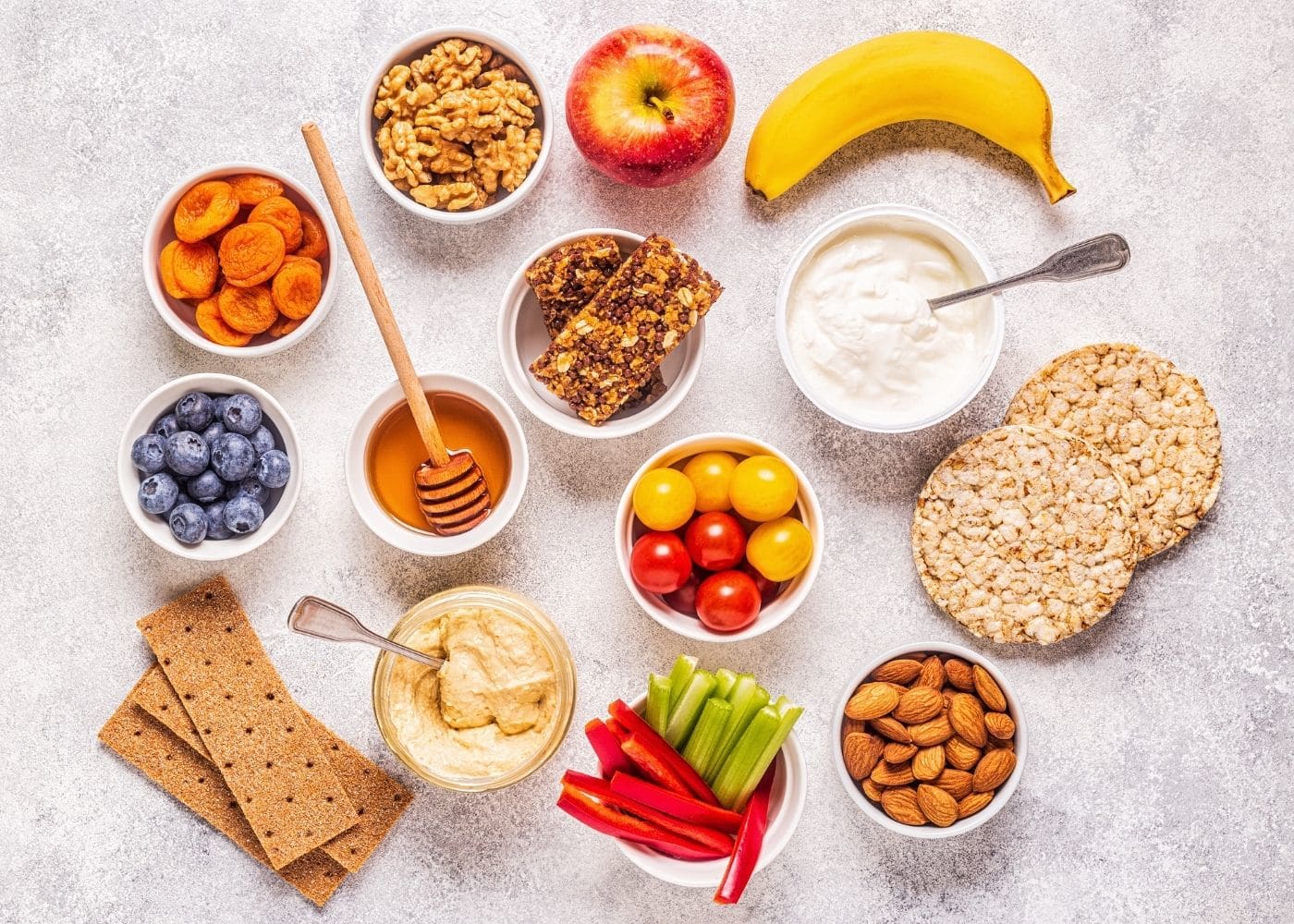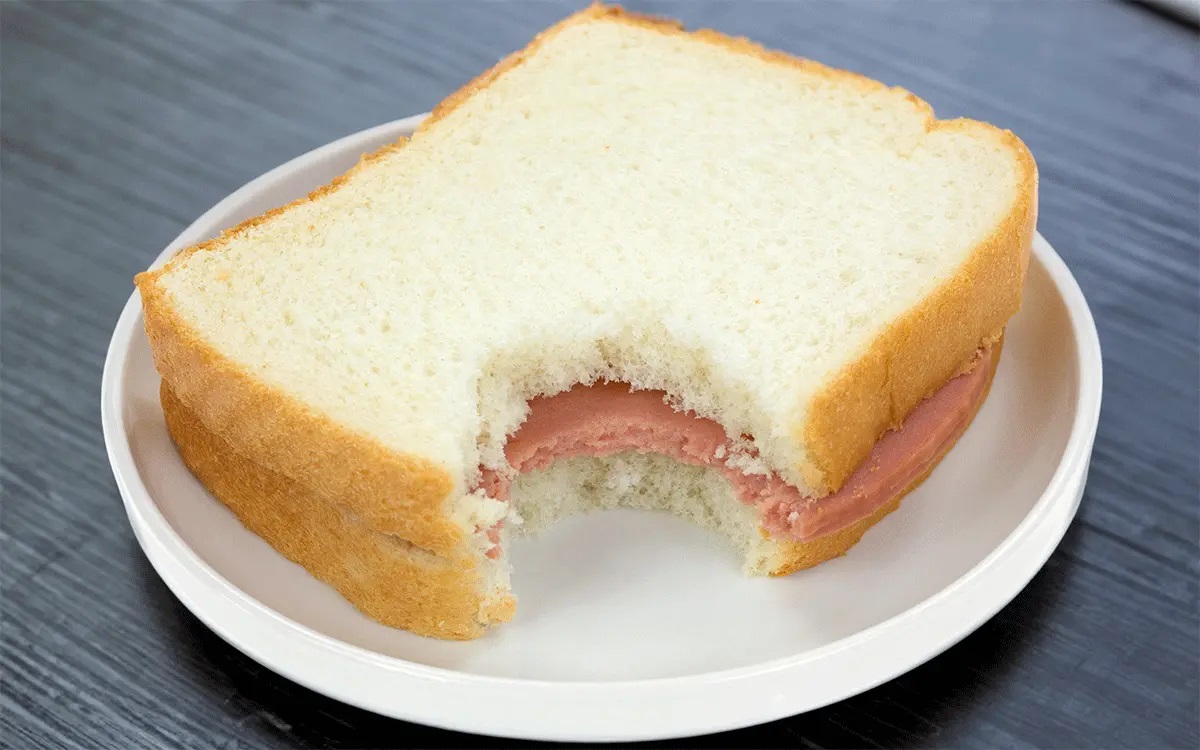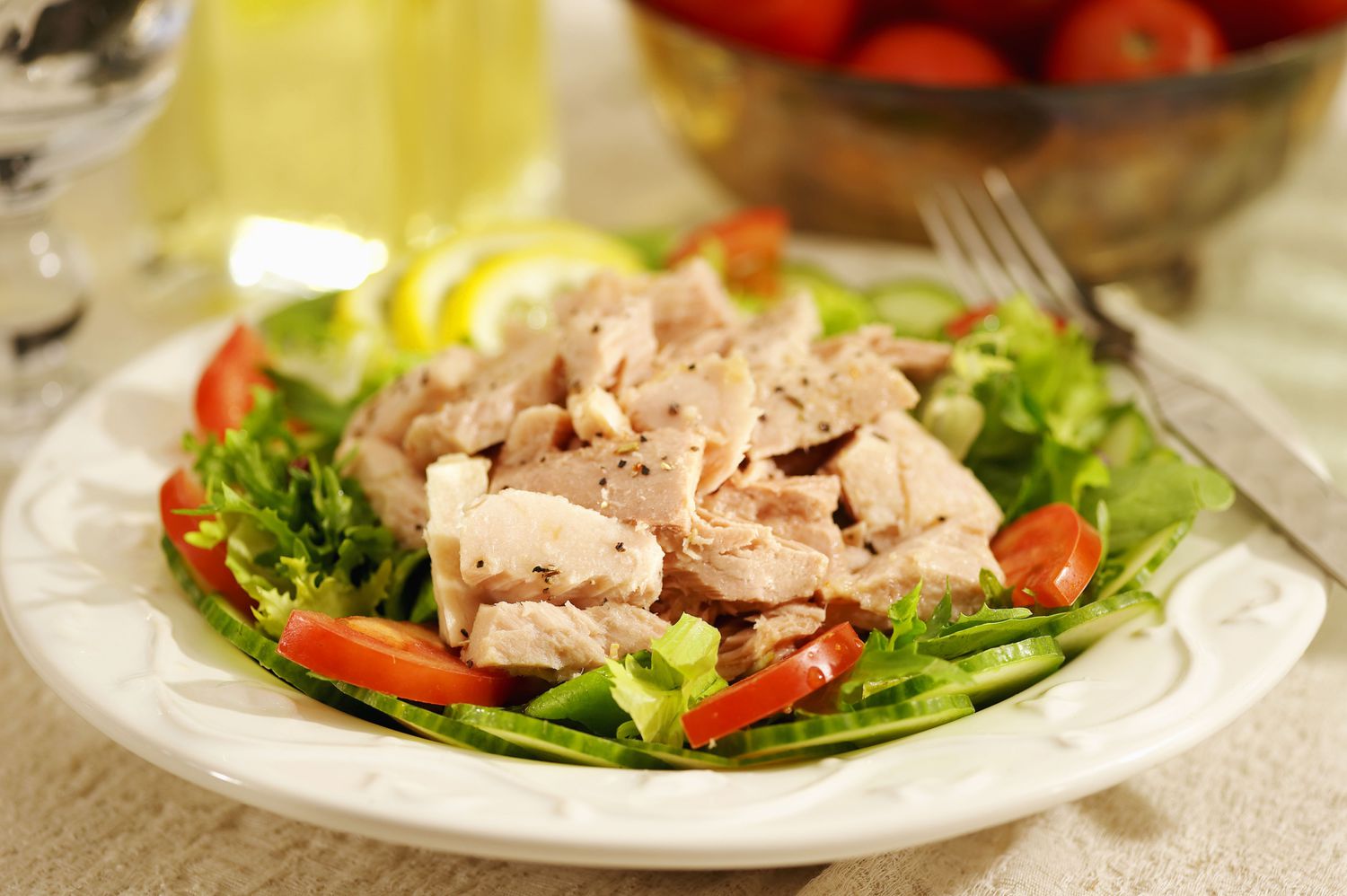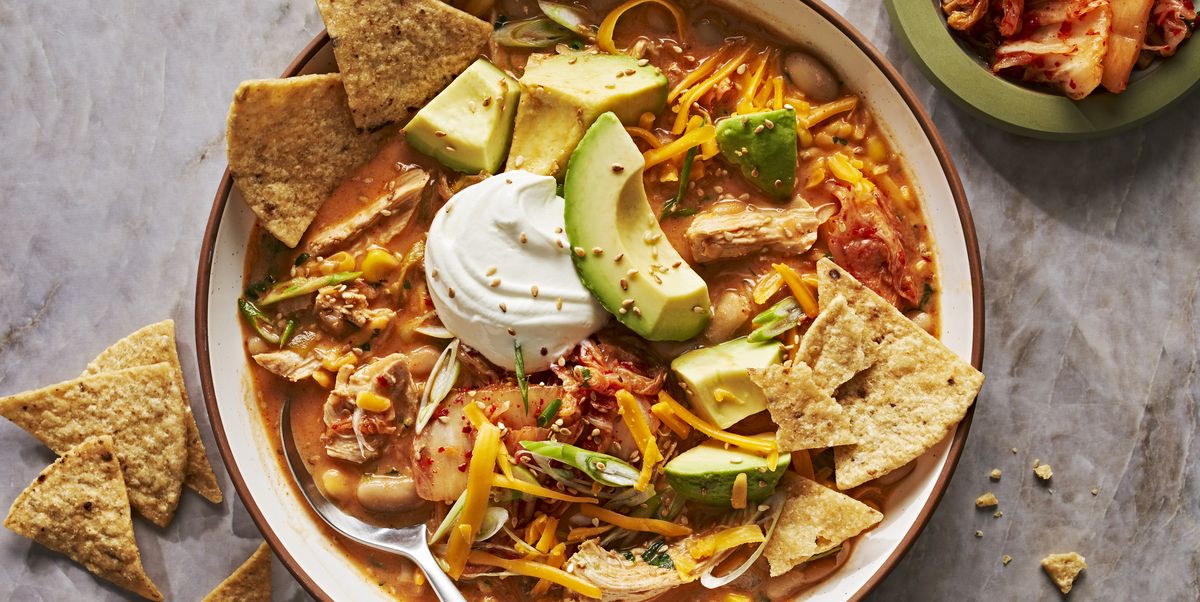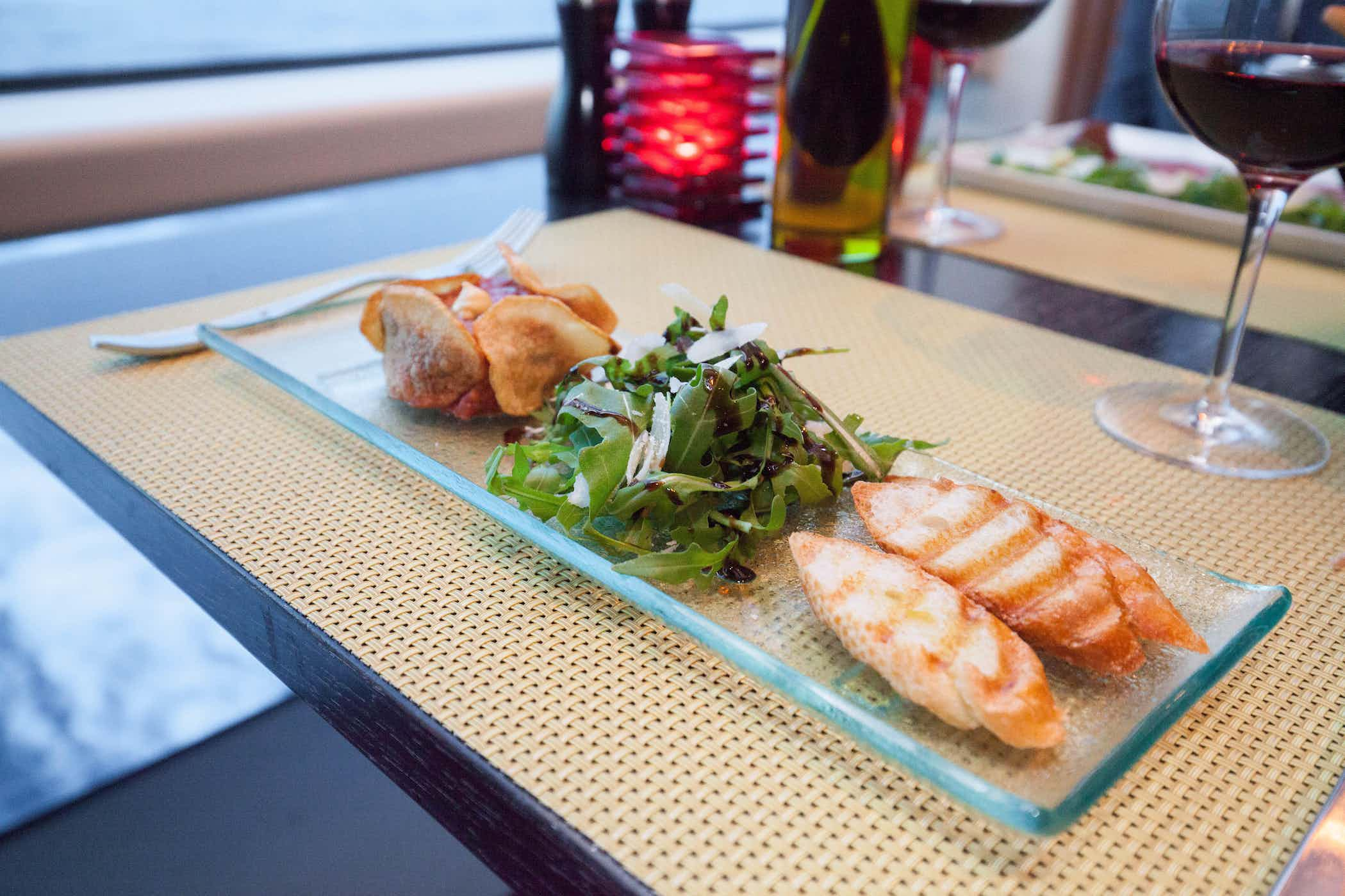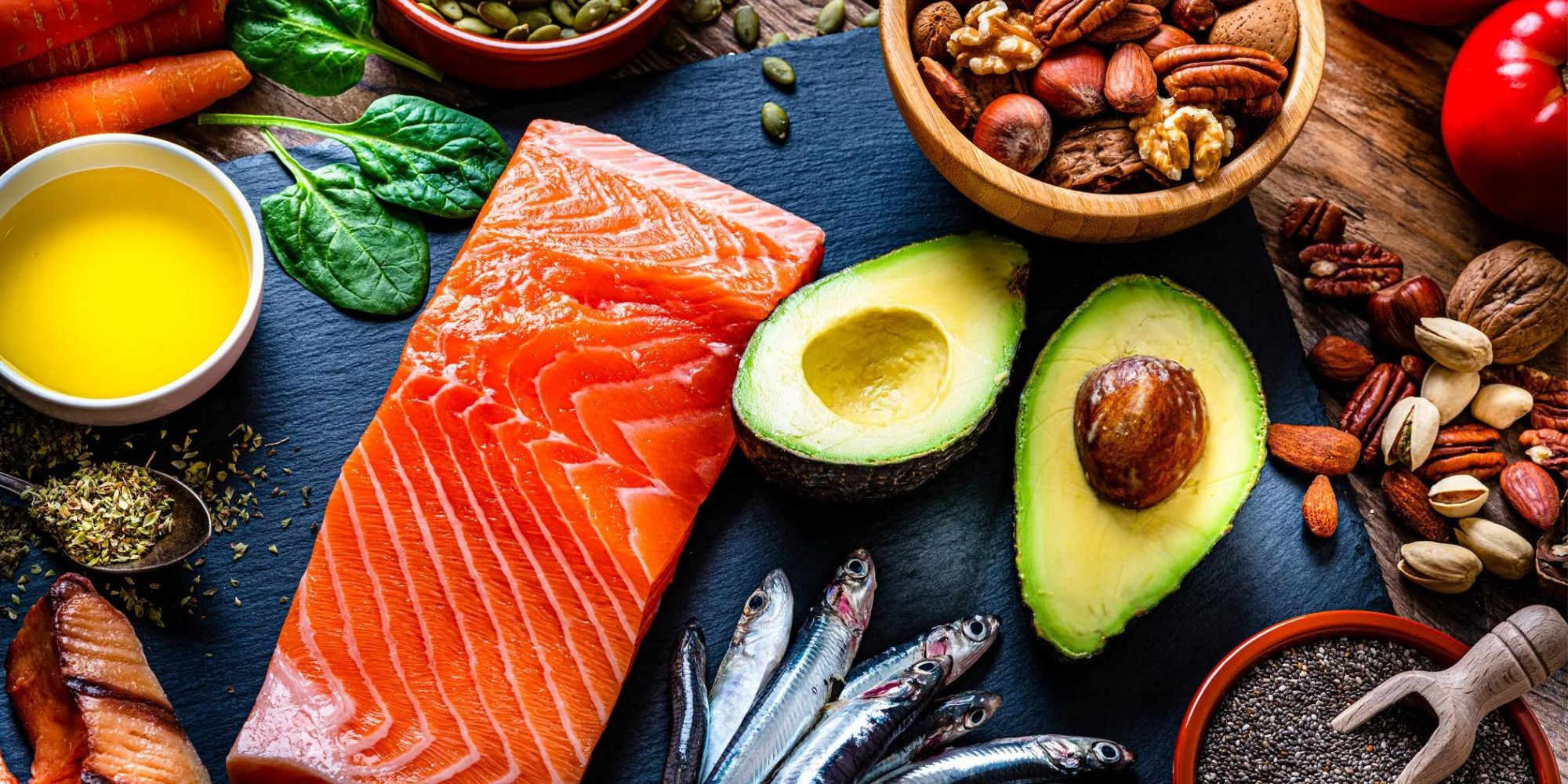Gluten-Free Foods: What To Eat And What To Avoid
Gone are the days when gluten-free foods were considered a niche dietary trend. Today, many people are choosing to follow a gluten-free lifestyle due to various reasons, including gluten intolerance or sensitivity, celiac disease, or simply for overall health and well-being. If you’re embarking on a gluten-free journey, it’s important to know what foods you can enjoy and which ones to avoid. Let’s take a closer look at the gluten-free options available to you.
What to Eat:
1. Fruits and Vegetables: Nature’s gluten-free delights! These nutrient-rich foods are naturally gluten-free and packed with vitamins, minerals, and fiber. Make sure to include a colorful array of fruits and vegetables in your diet to keep things fresh and vibrant.
2. Grains and Pulses: While traditional wheat-based grains contain gluten, there are plenty of gluten-free alternatives to choose from. Quinoa, rice, buckwheat, and millet are excellent options that can be enjoyed as a side dish or used in various recipes. Lentils, chickpeas, and beans are also fantastic sources of plant-based protein with no gluten worries.
3. Dairy Products: Most dairy products are naturally gluten-free, including milk, cheese, yogurt, and butter. However, make sure to read the labels on flavored yogurts and processed cheese, as they may contain hidden gluten additives.
4. Meat, Fish, and Poultry: The good news for meat lovers is that fresh cuts of meat, unprocessed fish, and poultry are gluten-free. However, always be cautious of pre-marinated or breaded meats, as they can contain gluten. Opt for fresh or homemade versions instead.
5. Nuts and Seeds: These little powerhouses of nutrition are not only gluten-free but also packed with healthy fats, protein, and fiber. Snack on a handful of almonds, walnuts, or pumpkin seeds for a satisfying and gluten-free treat.
What to Avoid:
1. Wheat, Barley, and Rye: These three gluten-rich grains should be strictly avoided on a gluten-free diet. Check ingredient labels carefully for any items containing these ingredients. Always opt for gluten-free substitutes, such as rice flour or cornstarch, when baking or cooking.
2. Processed and Packaged Foods: Many processed and packaged foods contain gluten or may have cross-contamination during production. Always read the labels for gluten-containing ingredients, and look for certified gluten-free options whenever possible. Be especially cautious of sauces, salad dressings, and soups.
3. Bread and Baked Goods: Traditional bread and baked goods are typically made with wheat flour, making them off-limits for gluten-free individuals. Luckily, there are numerous gluten-free bread options available these days, made from alternative flours like tapioca, almond, or rice flour. Experiment with gluten-free baking at home or explore the gluten-free section of your local grocery store.
4. Beer and Some Alcohols: Unfortunately, most beers and many alcohols are brewed with gluten-containing grains. Look for gluten-free beer options or explore alternative beverages like cider, wine, or spirits. Always check labels and ask for gluten-free alternatives when dining out.
Remember, maintaining a gluten-free diet is all about being informed and making smart choices. By focusing on natural, whole foods and opting for certified gluten-free alternatives, you can navigate your way to a healthier and delicious gluten-free lifestyle. So, embrace the abundance of gluten-free options available and enjoy a diverse and satisfying diet!
